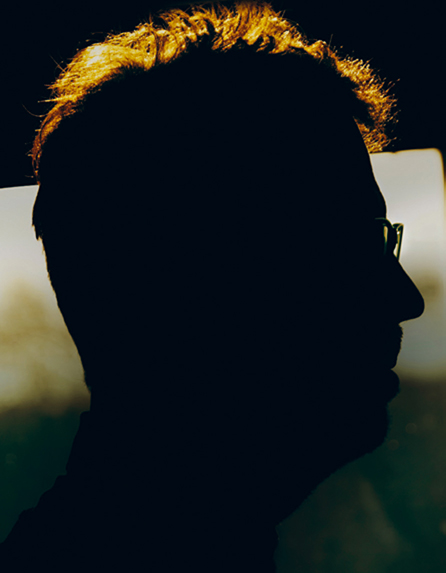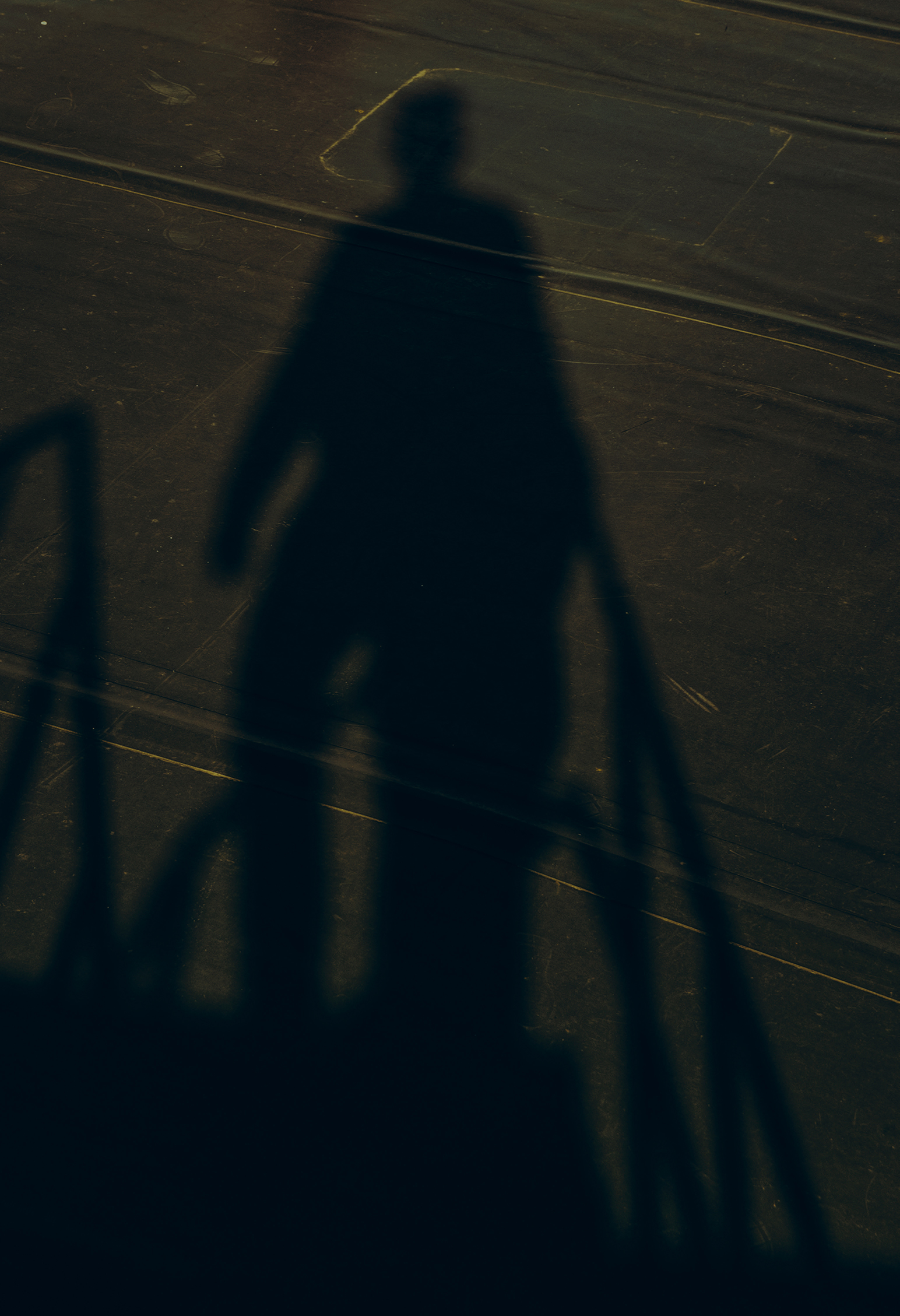raumlaborberlin

raumlaborberlin could be described as the veteran element of a collective that has been engaging with urban and public space in debate, experiment and participation since 1999. The core team, comprising around two handfuls of qualified architects, began to rethink the possibilities offered by architecture at the interfaces to urban planning, performance art, design and spatial intervention. Today its members still work collaboratively in ever-shifting participatory groups. Together, they have realised countless projects all over the world and are now such long-standing parts of the process that councils and cities aiming to implement inclusive and sustainable urban planning are finally showing interest in their methods. In their activities, they open up the societal and design-related processes that form the hallmarks of their projects, and scrutinise and expand their own discipline as well as significantly contributing to the transformation of urban spaces into people-centric, participatory places of encounter focused on the common good. In doing so, the collective often steps in to occupy ignored or already abandoned urban interstices, with interventions that make those in-between places visible and allow them to unfold their full potential. Those interstitial places become the scenes of joint workshops as experimental settings for dialogue and exploration; the participants create, cook, live and debate together and ideas and knowledge are exchanged, but also applied and put into practice.
These spatial laboratories (the translation of the German word Raumlabor) could also be seen as production sites and experimental stations; they throw open new perspectives, activate unused possibilities and deliver inspiration for conceiving and exploring alternative patterns of use. Space per se plays a central role. As a mantle for all the personal stories, desires and existential needs, it unlocks alternative scope for action. raumlabor uses the term research-based work to describe this process of discovering, engaging with and using such places: Proactive design teaches us more about the field of work and enables us to invent new methods for upgrading what already exists there and opening it up for appropriation. Instead of coming in with solutions to problems, we initiate processes that provide stakeholders with the tools to deal with the circumstances and to identify, understand and utilise the city and its dynamic, but also its opportunities. How do they go about this process? What do they find the most interesting about it, and what approaches and methods do they develop for it? I interviewed Markus Bader, a member of raumlabor from its inception.


Please select an offer and read the Complete Article Issue No 12 Subscriptions
Already Customer? Please login.
